Armageddon will be the last great war of history and will take place in Israel in conjunction with the second coming of Christ. The battle, or campaign, of Armageddon is described in Daniel 11:40-45; Joel 3:9-17; Zechariah 14:1-3; and Revelation 16:14-16. It will occur in the final days of the tribulation when, as John tells us, kings of the world will be gathered together for the war of the great day of God, the Almighty in a place known as “Har-Magedon” (Revelation 16:14, 16) (Rapture Ready). Prophecies such as these have led to people preparing for this apocalyptic event in various ways from stocking food, praying, and by building Armageddon bunkers such as the one below. Using a sales forecast can give you the same power in Marketing as prophets have in religion.
(Source: Tech Insider)
People who prepare for this event hope to not only live comfortable lives during those trying times but they also hope to survive. Another dimension is that previously when prophecies have been fulfilled confidence has been shown by the people in the source of the prophecy, in this case the Bible. It is the same in business, and in marketing in particular. We seek to make various forecasts about the business with the aim of managing employees, investors and customers among other stakeholders. A sales forecast in particular helps the business prepare for the future as it works like a prophecy, letting the stakeholders know what will happen in the future so they can prepare for it today. This sort of approach ensures that confidence in your business is maintained as people are not caught by surprise. The difference with this type of prophecy is that it is based on educated guesses combined with facts and figures. As Benjamin Franklin once said, ‘by failing to prepare, you are preparing to fail.’ Let us see how the sales forecast can ensure that you are prepared for future events.
Sales forecasting is the process of a company predicting what its future sales will be. This forecast is done for a particular period of time in the near future, usually the next fiscal year. Accurate sales forecasting enables a company to make informed business decisions. Sales forecasting is easier for established companies that have been operating for a few years than newer companies. Established companies have years of sales records and can base their forecasts on that past sales data. Newly founded companies have to base their forecasts on less verified information, such as market research and competition analysis to forecast their future business. (Track Maven)
So, I want to prophesy for Tengai Magetsi, my startup which sells electricity tokens. I want to know how the sales are going to look like up until June 2018. This information is vital for reasons ranging for me preparing for the future of the business to monitoring the team members that I might have if everything goes well. For the purposes of this discussion I have assumed that I put a mark-up on the tokens as opposed to the commission system that ZESA uses. The first step is to create the sales forecast (not using Tengai Magetsi’s real figures) as seen in the image below:
Cooked sales figures for Tengai Magetsi created on Microsoft Excel
So, let us go through how I created the prophetic tool (sales forecast) in the image above. Basically it is an educated guess based on the type of information that you see below:
- Past data – I have figures on sales from when we launched in October 2015 up until May 2016
- Research – I have engaged my current customers (in the Victoria Falls and Hwange area) with regards to how much they intend to spend at Tengai Magetsi in the period under question
- Analysis of the current purchasing patterns of my customers will give an indication of how they will behave in the period under review
- Analysing the environment – Events such as the proposed tariff increase by ZESA for the electricity will affect sales at a rate that will be determined by the elasticity of demand for the electricity among other factors
An example is analysing the weather which will cause seasonal fluctuations in the demand for electricity.
(Source: Safari Bookings)
I conducted some research on my customers in Victoria Falls to determine if their demand for electricity changes with the weather. The results showed that the group uses approximately 80000 kilowatt-hour (KwH) more electricity in winter (reflected by an increase from 200000 to 280000 KwH between April and October in the sales forecast above) when compared to summer. The main reasons being the increased use of the geysers for hot baths, stoves and electric kettles (for coffee, tea etc); heaters and for some electric blankets.
There is also a winter themed marketing campaign that I am going to run from June to October 2016 that stimulates the usage of devices that use electricity to keep people comfortable during winter. Based on the figures that I attained from a test campaign April this campaign should increase sales by a further 38000 KwH. This is reflected by the increase from 280000 to 308000 KwH in sales per month in that period.
From November it is summer again and that 80000 KwH increase in the usage of electricity is reversed. The marketing campaign will also have ended and the sales will go back to the 200000 KwH per month level after overlapping for a month from when the campaign ended. All of this is in the first column labelled Kilowatt-hour (KwH) sold.
The next step is to put the cost per KwH shown in the column that is labelled Cost per KwH. The cost is $0.09 per KwH. This shall increase to $0.14 in November 2016 as ZESA made this announcement some time back. This is shown by a change in price. Under the column labelled Selling Price you can see that I am planning to pass on the increased costs to the customer by adjusting my selling price from $0.12 to $0.17.
Under the column labelled Revenue I multiplied the number of KwH sold (column labelled Kilowatt-hour (KwH) sold) with the figures in the column labelled Selling Price per KwH and got the figures.
To calculate the Gross Profit I multiplied the figures under the headings Kilowatt-hour (KwH) sold and Cost per KwH to get the cost of providing the electricity tokens. I then subtracted that figure from the Revenue ending up with the Gross Profit.
In order to calculate the Gross Profit Margin I divided the Gross Profit by the Revenue. The Gross Profit Margin is a financial metric used to assess a firm’s financial health by revealing the proportion of money left over from revenues after accounting for the cost of goods sold. (Investopedia).
So, we now know how to create a basic sales forecast that we can use in creating our marketing strategy among other things. Let us give a few examples of how a sales forecast can help you to prophesy in marketing.
Planning for future operations: When you know how much you are going to make in the future your can plan for future expenditures for example capital expenditure. This will help you to make good decisions as for example, you can start to shop in advance, compare prices and ask all the questions that you should ask without being in a hurry. This will insure that you get the most out of your financial outlays.
Targets for employees: Suppose I have sales people I will be able to adjust their sales targets in line with the time of the year. I can reduce their targets between December and March which are the months in which we expect lower sales. Adjustments like these will keep sales people motivated as they will feel that I am a fair person. This will give me that prophetic appeal as I look into the future and make the right moves for them.
Investor confidence: A sales forecast can be used to keep the investors satisfied. The fact that they expect sales to dip at a certain time and they know the reasons will stop them from panicking. This will keep them at my side and in the case that Tengai Magetsi is listed on the stock exchange it will prevent the share price from taking a knock. This futuristic approach will help my investors plan for the future just like me.
Efficiency is the (often measurable) ability to avoid wasting materials, energy, efforts, money, or time in doing something or in producing a desired result. (Source: Big Stock)
Efficient marketing strategy: When you know how the sales are going to behave in the future you can prepare for those changes by means of a marketing strategy. As opposed to companies that just launch promotions for the sake of it and waste money I can have a promotion (in this case) between December and March when sales are naturally depressed. This will ensure that I will get the most of out of the promotion as people would be more likely to respond positively to my overtures than if I were to launch a promotion in the winter months when people are going to buy more electricity regardless of whether there is a promotion or not. A sales forecast will make my marketing more efficient as moves will be made when they are required.
Operating costs: Knowing how the sales are going to behave will help me plan for things like labour as I will know how many contract based workers and how many permanent employees I will have in the future (or at a certain time during the year) as a result of the level of business. I will be able to budget for storage of various materials by purchasing different amounts of storage space in line with the level of business. Almost every type of cost will be managed depending on the level of sales and this will help to avoid revenue leakage in terms of the wastage of resources.
These are only a few of the ways in which knowing how your sales are going to perform in the future will help your business to make more money. When you prophesy using a sales forecast and you get it right the stakeholders become more confident in you to the extent that if you ask them for an extra investment for example, as bridging finance, they will provide it in the knowledge that you will deliver results. The result will be a higher return on your investment. Do not use the sales forecast in the marketing department only, use it for the benefit of the whole organisation.
Thanks
Ruvimbo
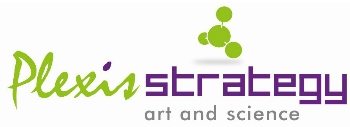


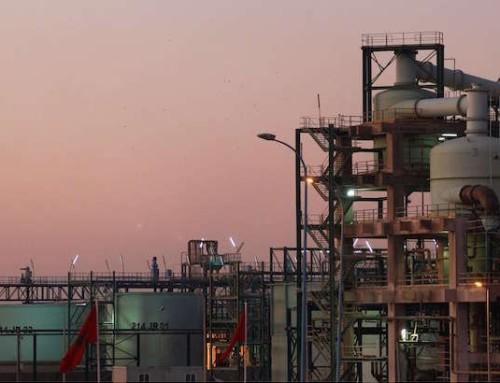

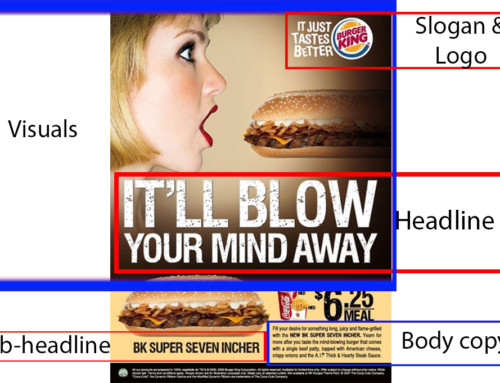
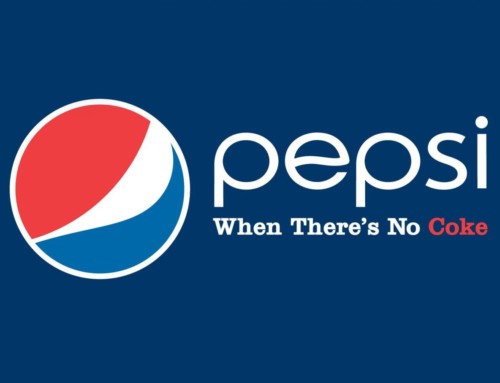
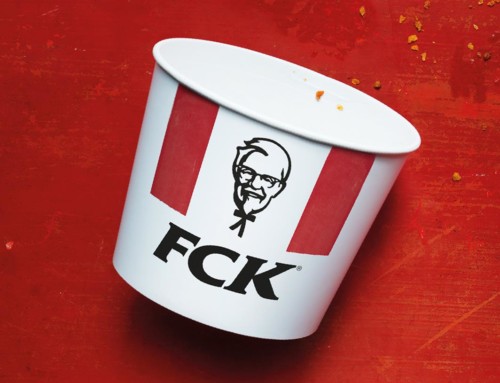
just a mother s comment and also a prophetic word. May the Almighty bless you,and lift you up to dizzy heights in his Kingdom.May your lamp always shine for lighting up the ways of many and may your gifts bring much needed change to this nation and the world.May you in turn love God,remain faithful and a humble servant of God.May God bless you.
Mama Maria.
Thank you mama for the support.